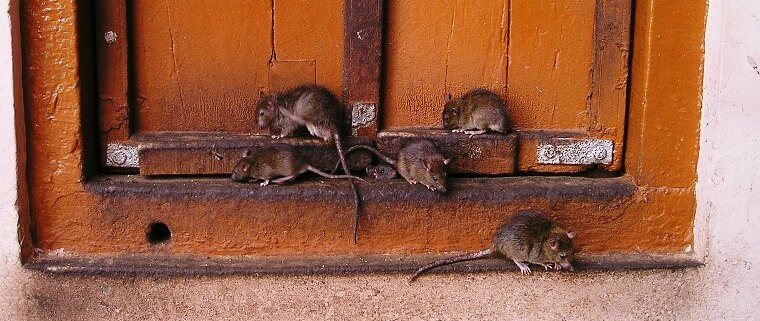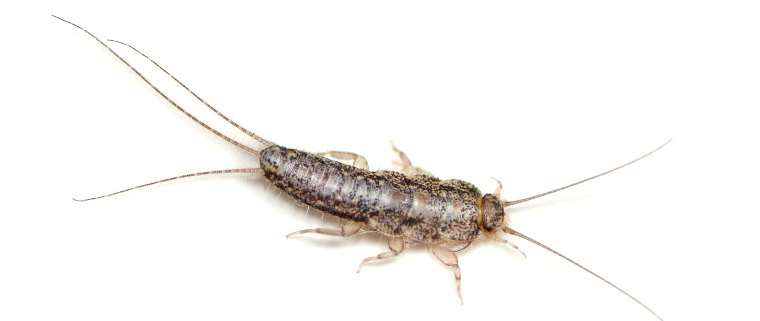To avoid any misunderstanding, we undertake all inspections in accord with Australian Standard 3660.2-2000 or in the case of pre-purchase inspection, the Australian Standard’s 4349.3-.1998. If you wish, you can obtain copies of these standards by calling Defence Pest Management.
All inspections are non-invasive and are limited to areas of the property where access is readily available and permitted. Any areas where access was limited or restricted is noted in the report with advice for further inspections.
The Inspector will be using a tapper to determine the sound in some timbers or may use a sharp knife to carry out splinter testing on structural timbers, either in the roof or the subfloor. Splinter testing will only be carried out where the person who has ordered the report is also the owner of the property. It will not be done for a pre-purchase inspection without the written permission of the owner.
The inspection is a visual inspection only. Restrictions to this visual inspection will not be moved. There will be no invasive cutting, breaking or dismantling to gain access. A more invasive inspection is possible and may be done on the same day and time, but only with permission of the owner.
By its nature, a building has many concealed areas. There may be roof areas with no access or the area between floors. Floor coverings can be restricted by stored goods. Sometimes there is inability to gain full access to areas like the eaves because they are simply too low.
A termite inspection does not have a warranty that there will not be any future infestation of termites. Or in some cases, the infestation is in its infancy and not able to be found at the time of the inspection.
Our reports will indicate the degree of damage ranging from moderate to extensive and are only in the opinion of the inspector’s. A more invasive inspection would need to be undertaken to determine all the damage and its degree. This is done by a builder in conjunction with the pest inspector. These invasive inspections are also necessary to evaluate the cost of repairs.
If termites or even evidence of termites are located within the boundary of the property, then you must assume that damage may exist in areas that are not visible. Evidence will only be located when these restrictions are removed.
In the report, you will find a list of definitions. The report needs to be read in conjunction with these definitions. It is very critical to note that in any inspection for termites, if there is evidence but no active termites located (regardless of whether a treatment has been undertaken), it may be possible that termites are active or may not be active in that area or nearby. It may only be determined by future inspections, that is why the Australian Standards recommends a yearly inspection on properties without any evidence of termites and less frequently (six months or even three monthly) on properties where there has been previous evidence of termites.
With Defence Pest Management, we go beyond the Australian Standard with the equipment that we use. An essential part of our equipment will include Termatrac. This is a microwave device that picks up movement inside walls. It is used in conjunction with the moisture meter. Moisture meter picks up a variation of moisture within surfaces that are outside the normal range. When there is a variation, normally higher moisture content or where the test tapping indicates some degrading of the timber especially excavation by insects sometimes, decay is the first indications.
In conjunction with the test tapping, moisture meter and Termatrac, we also use a thermal image camera. This camera is broadly used to determine areas of moisture especially around bathrooms, kitchens, laundry and between floors in two-story houses. Moisture in these areas would indicate water leaks that encourage termites into the vicinity. On a micro basis, moisture in a skirting board or behind a wet area (like shower cubicle) may be caused by a variety of reasons. It could be active termites, a water leak or it may be something simple like a change in the waterproofing material in this area. So, a technician trained in the use of thermography will be able to determine if there is the need for a more invasive inspection. Keep in mind that monitoring of these areas is advised.
The moisture meter should be run around all available timbers especially skirting boards, architrave and window sills. The test tapping of the timbers is again required in all these areas. While you are doing this, it is essential that the inspector visually inspects any gaps between the skirting, architrave, the main wall material (gyprock), et cetera. It is because if termites have been in the vicinity or are in the vicinity, they would mud up the small gaps to preserve humidity. Equally important is when you are test tapping, you need to listen very carefully to the sound of the tapper on the material. This determines if there is any cavity within which is indicated by a change in the tone of the tapping – a little bit more drummy to at the extreme where it is like hitting a piece of paper with a screwdriver. This may indicate active termites or a previous infestation.
Here at Defence Pest Management, our inspectors are fully trained and licensed. We regularly conduct updates and share experiences about termites. Termite inspections are the putting together of training and experience to determine the risk of termites, as well as manage the treatment of termites, to a property.







